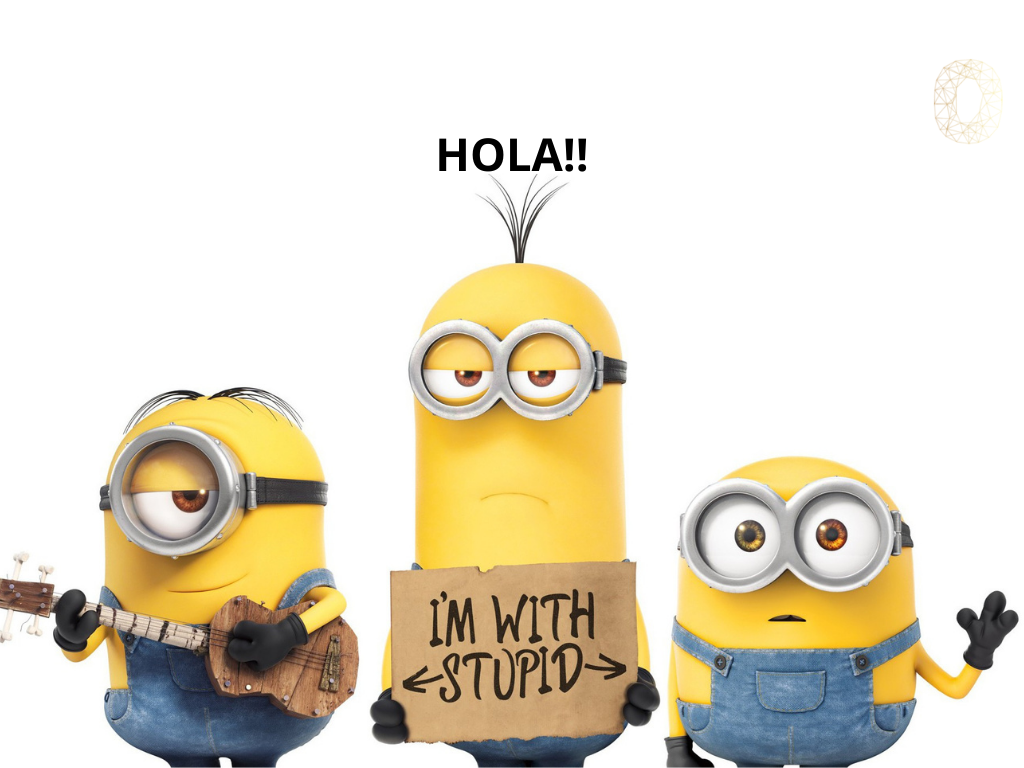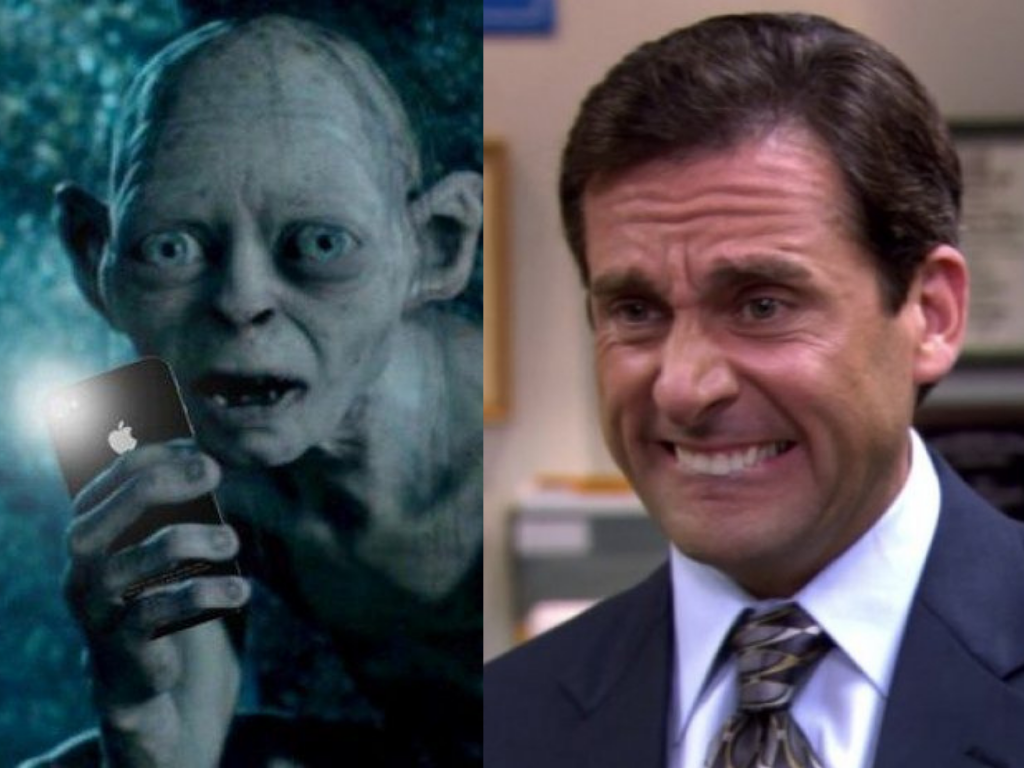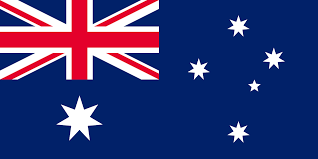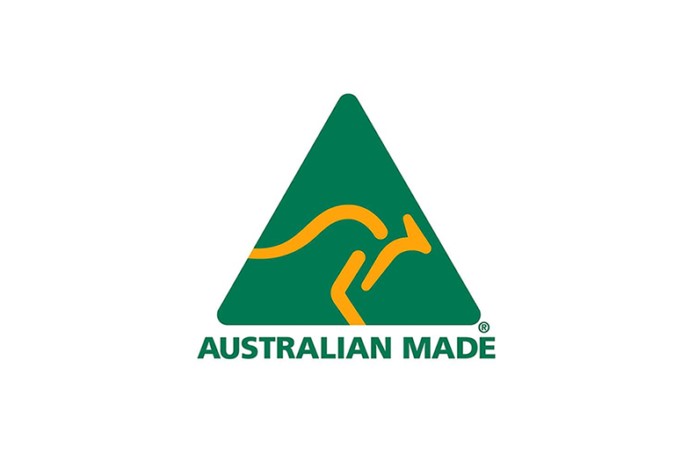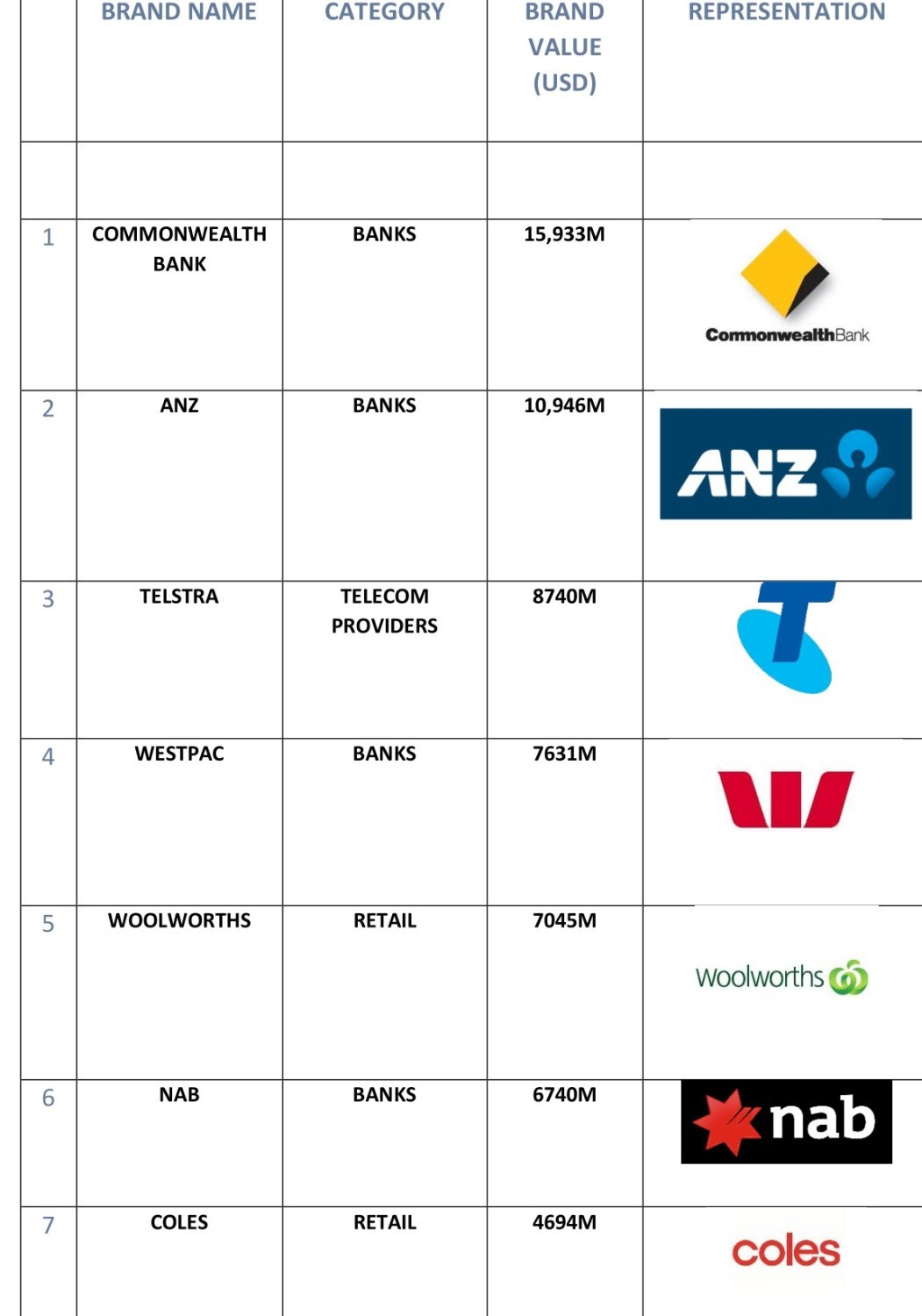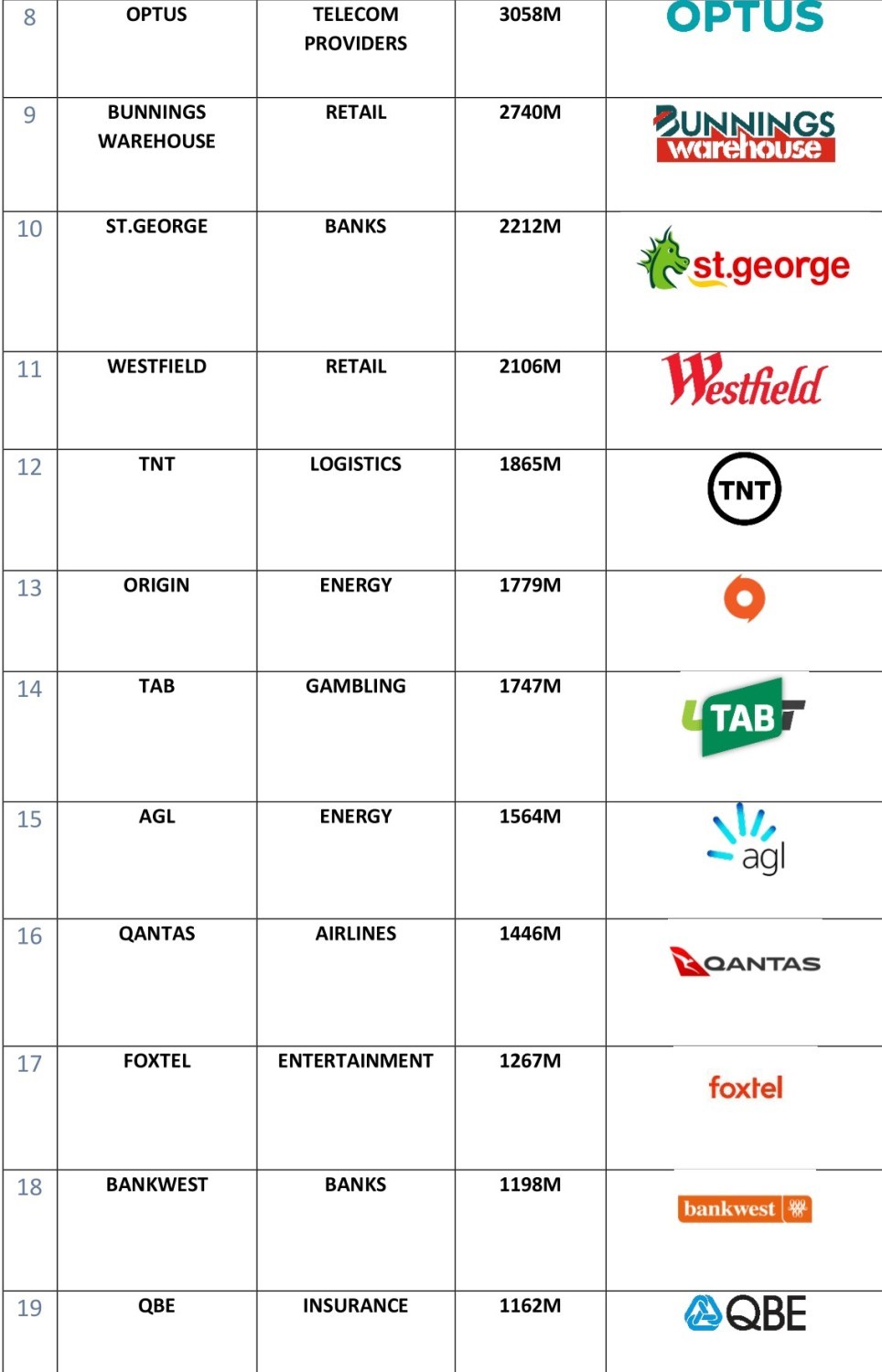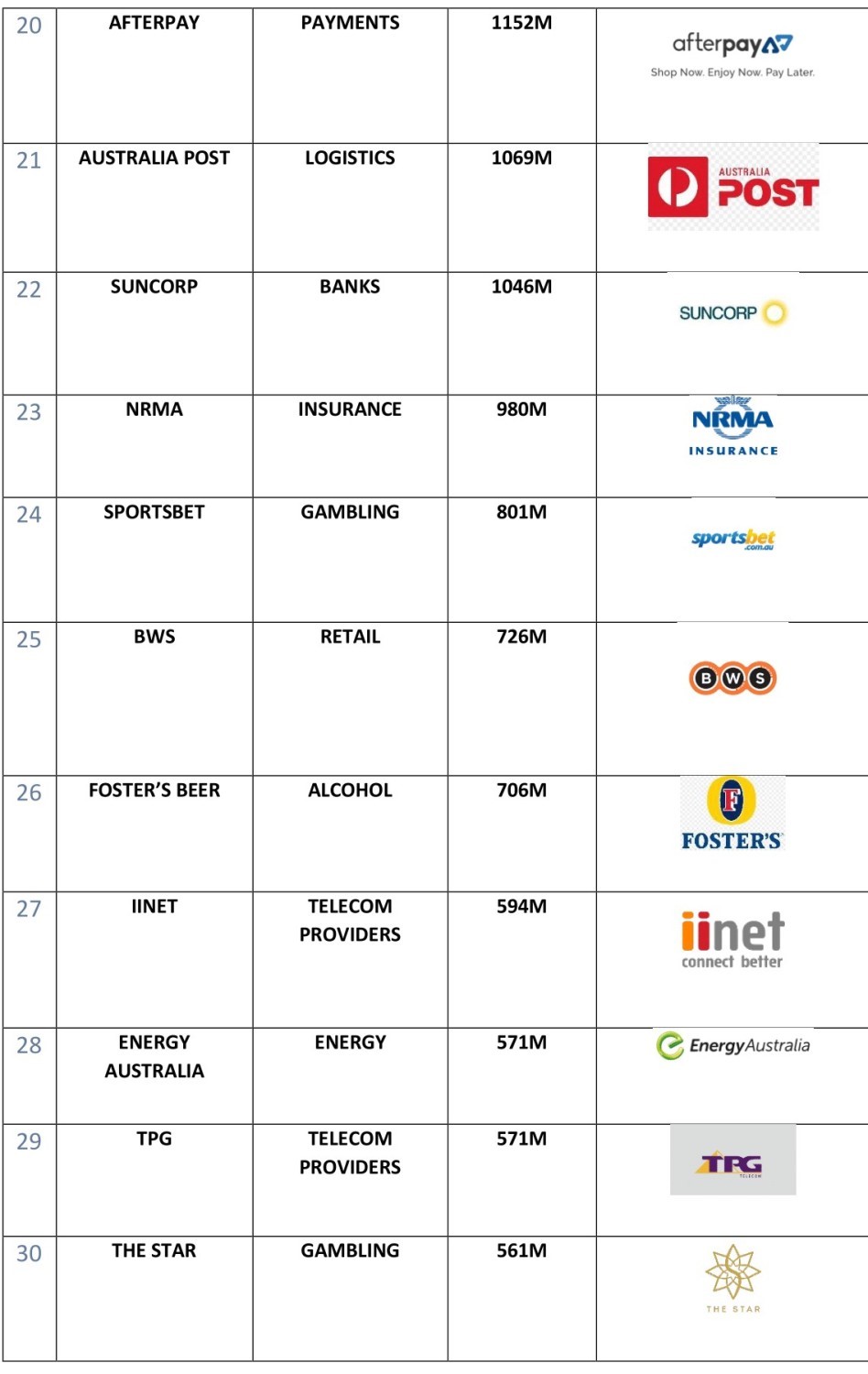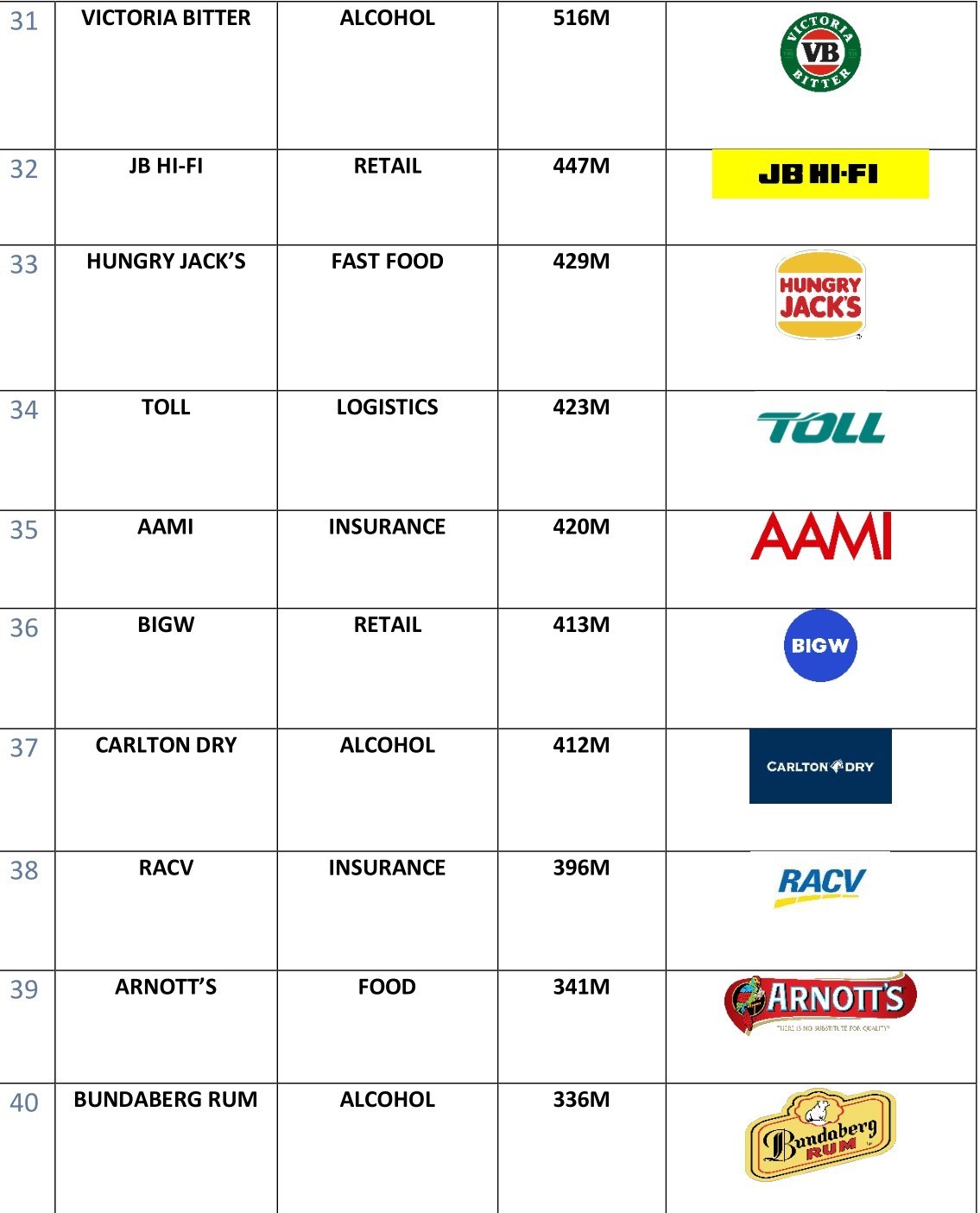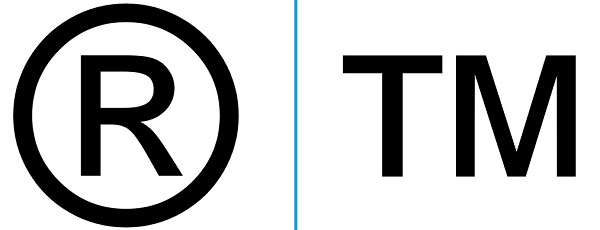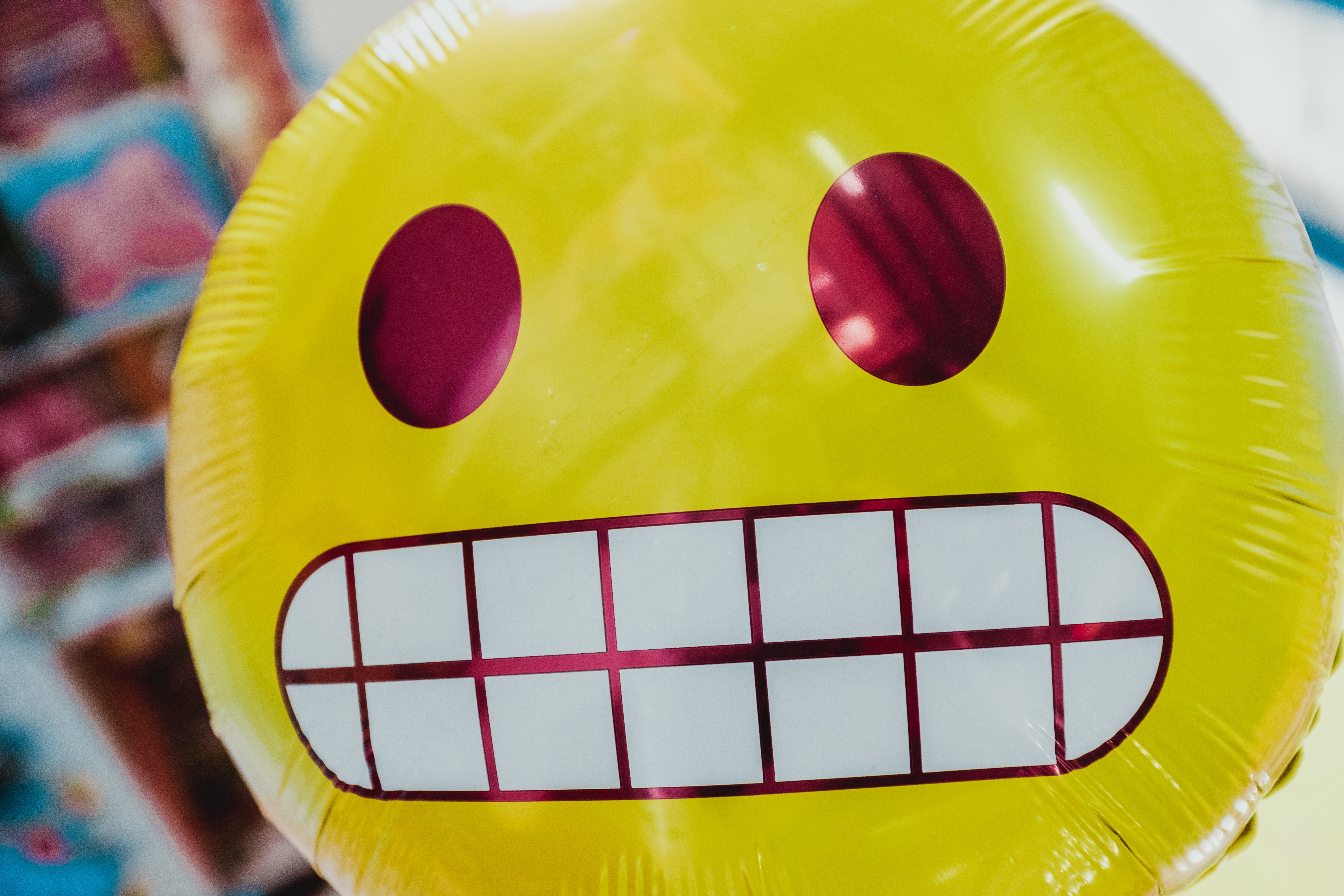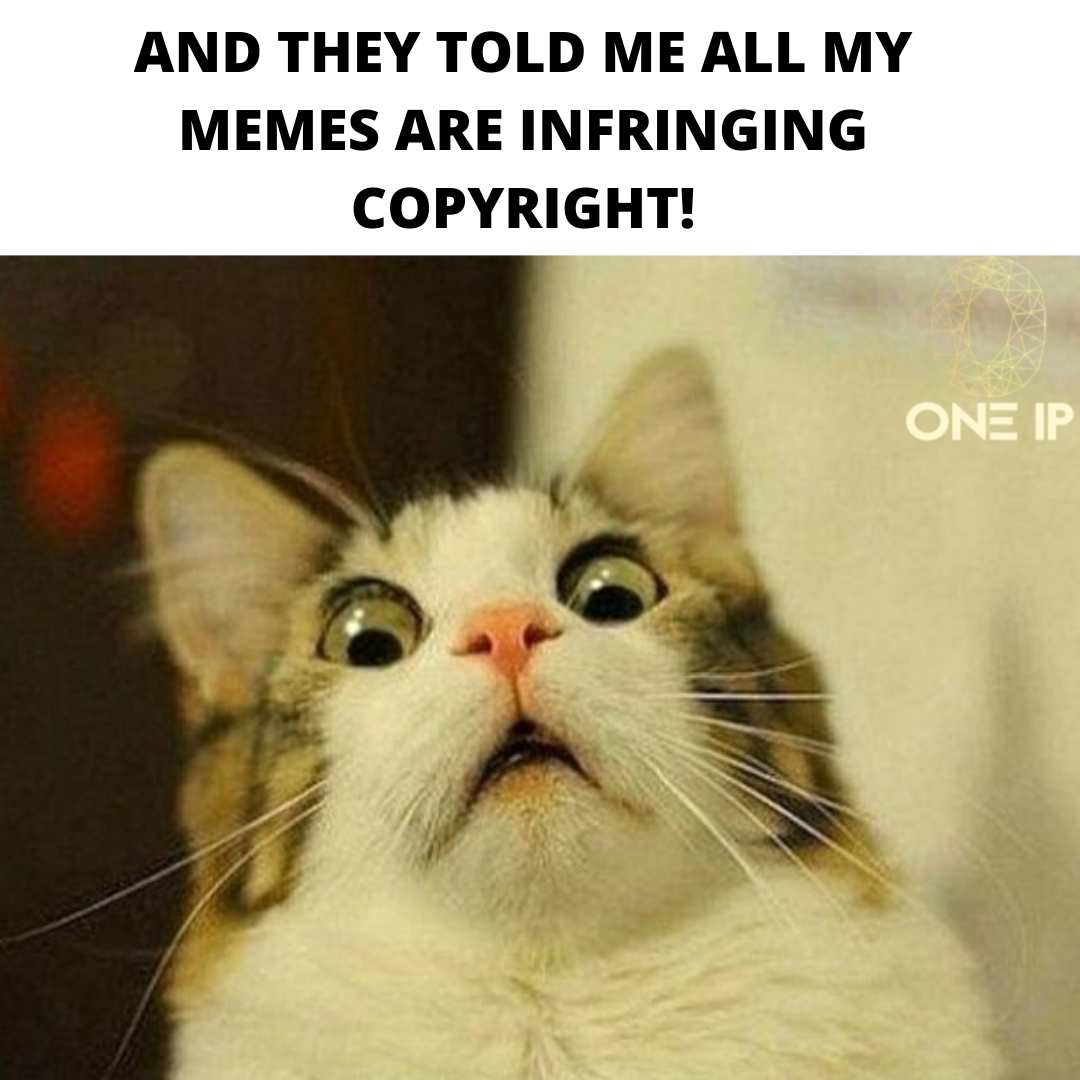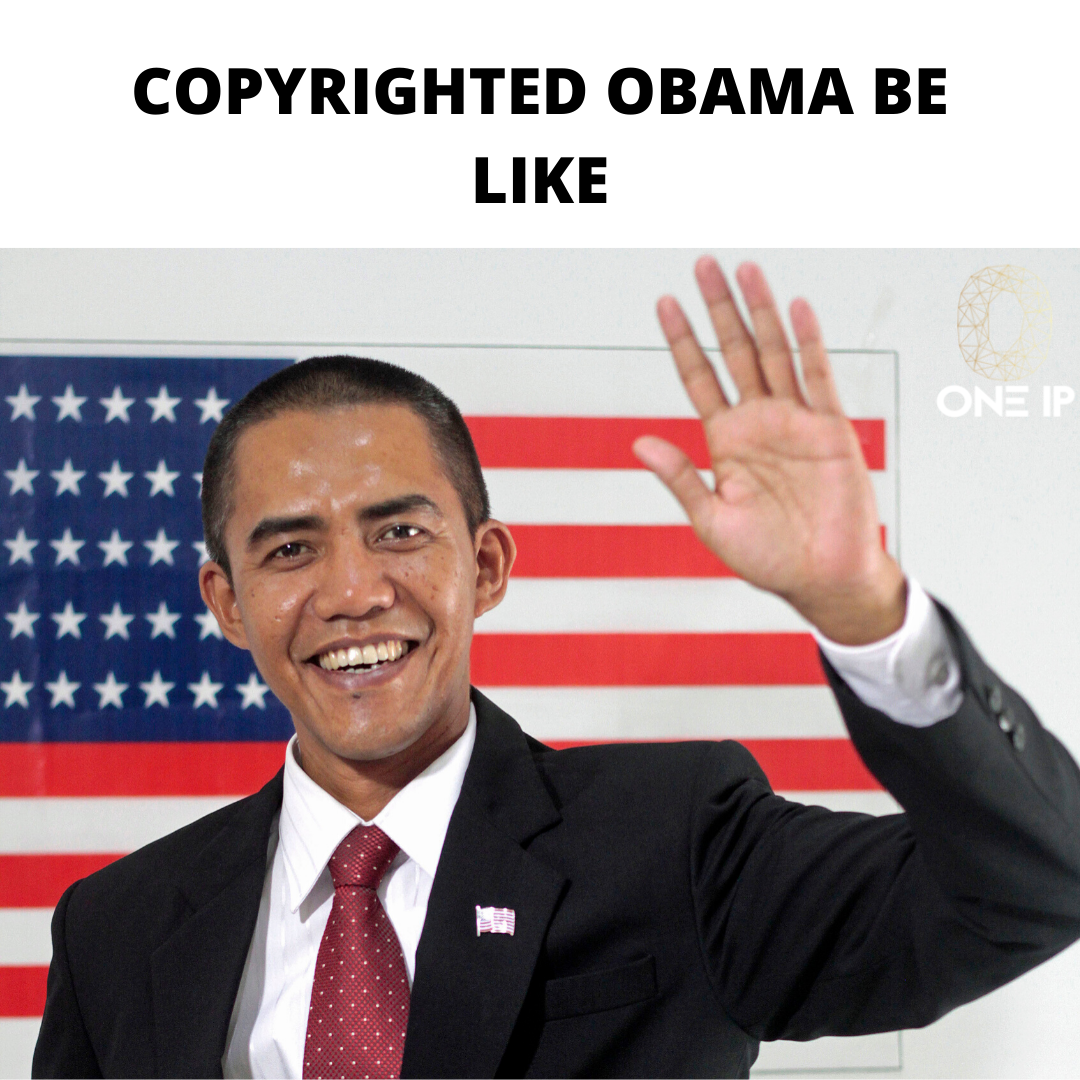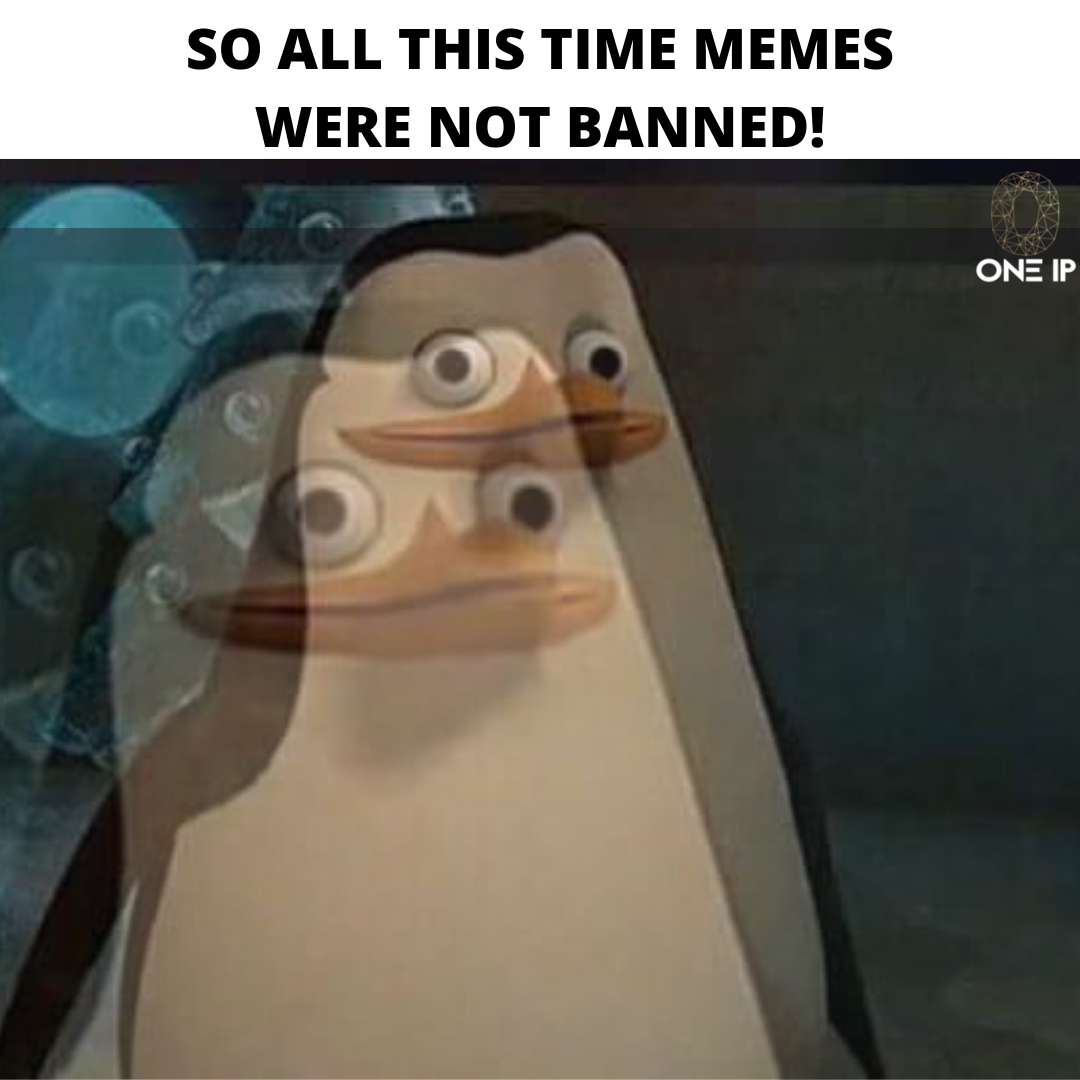
• Written by Hajra Abdul Ghafoor
A week ago, I was watching Rowan Atkinson’s comedy skit (for the thousandth time) where he plagiarized terribly and beware of any spoilers but, to be honest, diving into the recent patent applications felt like a déjà vu with a little bit of twist to the story!
I know, this seems too vague to grasp the concept, so let me start from the core of healthcare patents and why they exist in the first place?
So, what are patents?
Well, a patent is a government given right whereby a company or single actor claims that they have come up with an invention. It must meet certain legal criteria where something has to be new or simply put, it is kind of a legal test which proves that what you came up with is unique and has some usefulness or some industrial application. This is just a bird view of the concept so if you want to delve into further details about copyright issues regarding patents, kindly give this article a read.
Before we get meddled in the patents and their relation to healthcare products, it is always better to see where we are standing and analyse the market for the particular sector, address the issues they are facing and re-evaluate our next steps.
Australian healthcare vs American healthcare:
High-quality, Free Hospital Care and Funding:
Australian: All citizens, permanent residents, and certain visa holders are eligible to receive high-quality, free public inpatient and outpatient hospital care. This includes free emergency department visits through Medicare. However, many people also pay an out-of-pocket fee to see a doctor in the community setting (GP or other private specialist).
Funding: All Australians pay a 2% Medicare income tax levy. An additional levy of 1% is applied to high-income earners who choose not to take out private cover.
American: In the 1960s, Medicare and Medicaid were introduced in America and funded by U.S. payroll taxes. They provide coverage to very low-income earners and the elderly. However, most Americans are not included in this small cohort and are therefore responsible for almost all their healthcare costs.
Medication Funding:
The funding of medications also differs between the countries. Australia has a Pharmaceutical Benefits Scheme (PBS) that caps the out-of-pocket cost of most medications for all Australians. Meanwhile, patients in the USA rely on their private insurance to cover their medications. What is eligible for coverage varies widely amongst insurers. Thus, many can find themselves responsible for the full cost of essential medication. In some cases, this can be financially crippling.
Healthcare Costs:
It’s no secret that healthcare costs in the USA are high compared to other countries. One such example is an $8,000 ED bill for a child who needed IV rehydration for gastroenteritis. Another one is about a patient incurring a $50,000 debt for an air ambulance inter-hospital transfer to a stroke unit.
Now, any product in the healthcare sector or a healthcare product is often described as a service to research, innovate, procure, sell and deliver better means of health welfare to everyone.
UNDERSTANDING THE BASHING BEHIND THE MONOPOLY CONCEPT IN THE HEALTHCARE INDUSTRY:
The Pharmaceutical Monopoly Concept:
There has been a lot of bashing on the concept of patent acquisition by pharmaceutical industries and the issue is mostly linked to the provision of patents for drug innovations and why they are restricted to a particular client?
No, it is not going to end in a Breaking Bad sequel. We are just going to investigate pharmaceutical post-patent issues that lead to be the prevalent problems.
When a drug developer acquires patent for the drug, he is given a monopoly period to have high prices for the drug and this concept is described as “kicking away the ladder”, and the idea being when you reach top of the ladder, you kick it so no one can climb it.
Once a patent over a drug expires, prices drop roughly 30 to 50 percent. When the first HIV drugs came on the market in developing world, it was $10,000, now because of generic entry, the prices have tumbled down to less than $100.
The Medical Device Industry:
The medical device industry constitutes a market size of around $156 billion in the US and about 32 million Americans have at least one medical device implanted in their bodies.
Yes, the Transformers Apocalypse was inside us the whole time!
But still, have you seen ads like “Have you or a loved one developed a drug-resistant bacterial infection or superbug after undergoing an ERCP procedure using duodenoscope?” (What does that even mean?!)
Well, there are way more advertisements along those lines for many medical implantations and undergoing problems associated with them and I know it is easy to roll your eyes at ads like those but the problems they reflect are very real!
Medical devices malfunction in different ways and sometimes in horrible fashion, in fact a massive recent investigation found that more than 80,000 deaths and 1.7 million injuries possibly linked to medical devices and were reported to FDA in the past decade. One of these researches showed that many of these devices might not have gone through many clinical trials in humans and even the doctors are not aware of the implications in most cases.
FDA Approved or FDA Cleared?
In the 1970s, the US Congress passed a law giving FDA the authority to approve medical devices and you might assume that based on that every single device you see is FDA Approved but in fact far more of them are instead something called as FDA Cleared and that is a distinction with a BIG difference because FDA Cleared is a much lower bar to clear. It is a phrase that can promise way more than it can deliver.
It is the same as calling you “hurt” someone, now it can be a heartbreak or a curse word or it can be a physical abuse on so many different levels, so all these connotations can consequently give you a different kind of output. That means it can imply ANYTHING according to different situations!
The way that most of these products get “cleared” is through a loophole in the system called the 510(K) pathway. The initial idea was that the FDA would not exhaust the product makers and make them go through a strenuous procedure if the device is substantially like one that had come before. But it was only supposed to be applied narrowly.
The problem is more than 80 percent of medical devices are cleared through 510(K) including about 400 implanted devices each year, according to the stats in 2017.
In 2008, a company called DePuySynthes received FDA clearance for a hip replacement based on its substantial equivalent to 6 previous devices all of which were cleared out their similarity to devices before that and before that, all the way back to 1975. Interestingly, some of these initial devices were taken off the market by heir manufacturers because of their high failure rates but under FDA rules DePuySynthes could still use them!
DePuySynthes has since spent more than 3 billion dollars to settle thousands of lawsuits against them!
WHAT IS THE NEED FOR PATENTS THEN?
If we allowed copying or multiple companies to work on the same innovations, there would be duplicity in the product and years of hard work would be unacknowledged. There would be no reward to hard work and invention, and the situation would be way worse than it is now.
The refinement of the product and the medical investigative measures should be properly investigated and tested on by the professionals in the medical field. Failure of evaluation would only mean the incompetence in the relative field or the testing strategies of the relative domain.
The only proper solution to that would be proper investment and improvement in the evaluation platforms (such as FDA) that screen these drugs and devices and awareness of the impacts of such fatal approvals!
Technological innovation drives forward economic progress, it is the most important element of economic prosperity. These healthcare reforms are:
- Saving lives
- Improving the quality of life
- Leading to enormous technological change fuelled by extensive research and development.
A patent is particularly important for healthcare industry because for a limited period, it allows the first true inventor of some unique product of some new process to have the freedom of competitive imitation. So, for a period you get substantial profits on your invention, these profits are the reward for your technological contribution. After that limited time ends, your patent rights end, competition breaks out, prices fall, and everybody benefits from the invention at much lower prices.
Policy Questions:
If I develop a new drug in a developed country and spend half a billion dollars in the process, so other countries including less developed countries could benefit from that drug. Should I have the protection in those economies?
There is a fundamental economic issue here, if we provide these drugs free in low income nations, entrepreneurs will get their hands-on drugs, buy them in stocks, ship them back to the rich world and undermine the original prices that the pharmaceutical companies need to charge to earn back their research and development expenditures in the rich world!
This implies that patents are very important in the healthcare sector because without them the R&D will not take place.
So, question of the day! Has intervention of patents for economics helped to save lives in medical industry? YES.
And for that, one needs to understand the economics of price discrimination!
The other solution to this is provided by WTO and WHO that encouraged the supply of drugs in low prices in the low-income nations and high prices in the high-income nations, stopping the exports from low-income nations to high-income nations!
HEALTHCARE PATENTS – THE NEXT BIG THING:
Though, there have been many technological advancements whether they are related to AR and VR in healthcare or new equipment assistance, healthcare sector is still ailing. Public and private sectors spend hundreds and thousands of billion dollars for R&D in pharmaceuticals, biotechnology, health services and medical devices.
Finding solutions to several diseases like diabetes and cancer, and transmittable viruses like swine flu and the currently havoc wrecking Covid-19, is in itself a very costly affair.
Every now and then, new diseases or viruses emanate, and the economy shatters because the results of such a vast investment in this sector are many times a failure.
This is the reason why big companies like Google are turning all their attention from the search engine to incubating new and innovative efforts in healthcare and therefore bet healthcare and medicine as the next big thing. The signs are everywhere. In five years from 2013 to 2018 alone, they filed almost 200 healthcare-related patents!
Some in-demand Ideas:
Google Ventures, Alphabets’ venture capital arm, is taking an equity stake in companies trying to limit aging and improve how we treat diseases by researching areas like genomics, cell therapy or biotechnology. Some of the companies, they have invested in include:
- 23andme, a direct-to-consumer genetic testing company with one of the biggest DNA databases in the world.
- Oscar Health, the New York-based venture disrupting health insurance.
- Doctor on Demand, a telehealth company, helping people talking to physicians from afar.
- Impossible Foods, that is developing plant-based meats and cheese.
It is also using deep learning (reinforcement learning) or artificial intelligence strategies to mine medical records to provide better and faster health services.
They are developing projects in life sciences, including disease detecting nanoparticles, health tracking contact lenses and wristbands and surgical robots.
Though, everything might seem feasible momentarily, it is up to you to safeguard and protect your invention by filing for patent registration and after that go for FDA approval! But just a pro tip to not end up in lawsuits is, to clinically test your invention in all aspects otherwise all that work and celebration would be for nothing! Pay the price today to not regret it later!
Hope you found what you were looking for. If you have any queries, we at ONE IP INTERNATIONAL are always there for your help. Contact our team for any kind of assistance. We would be glad to be of any service!
REFERENCES:
https://www.ipaustralia.gov.au/


